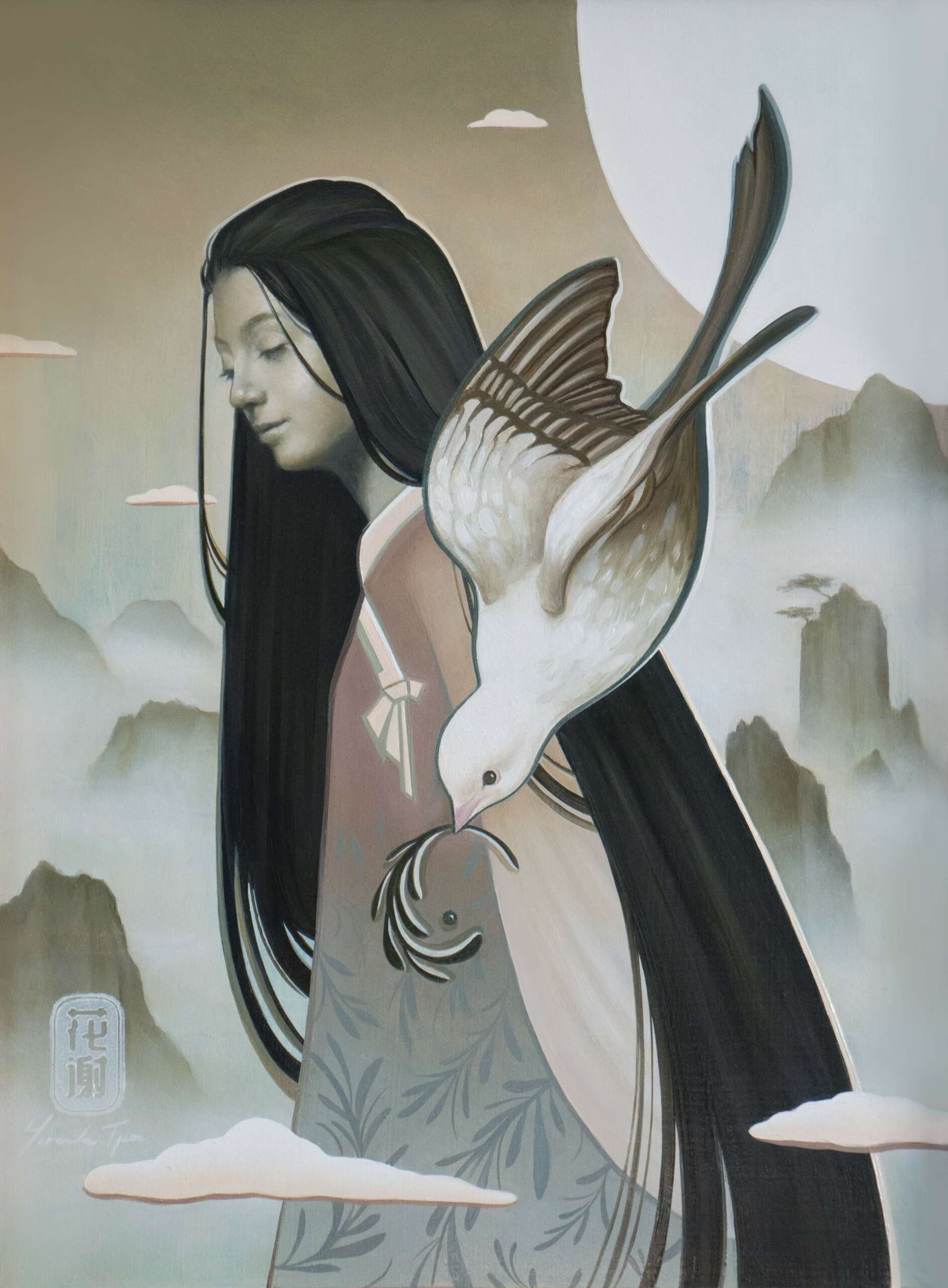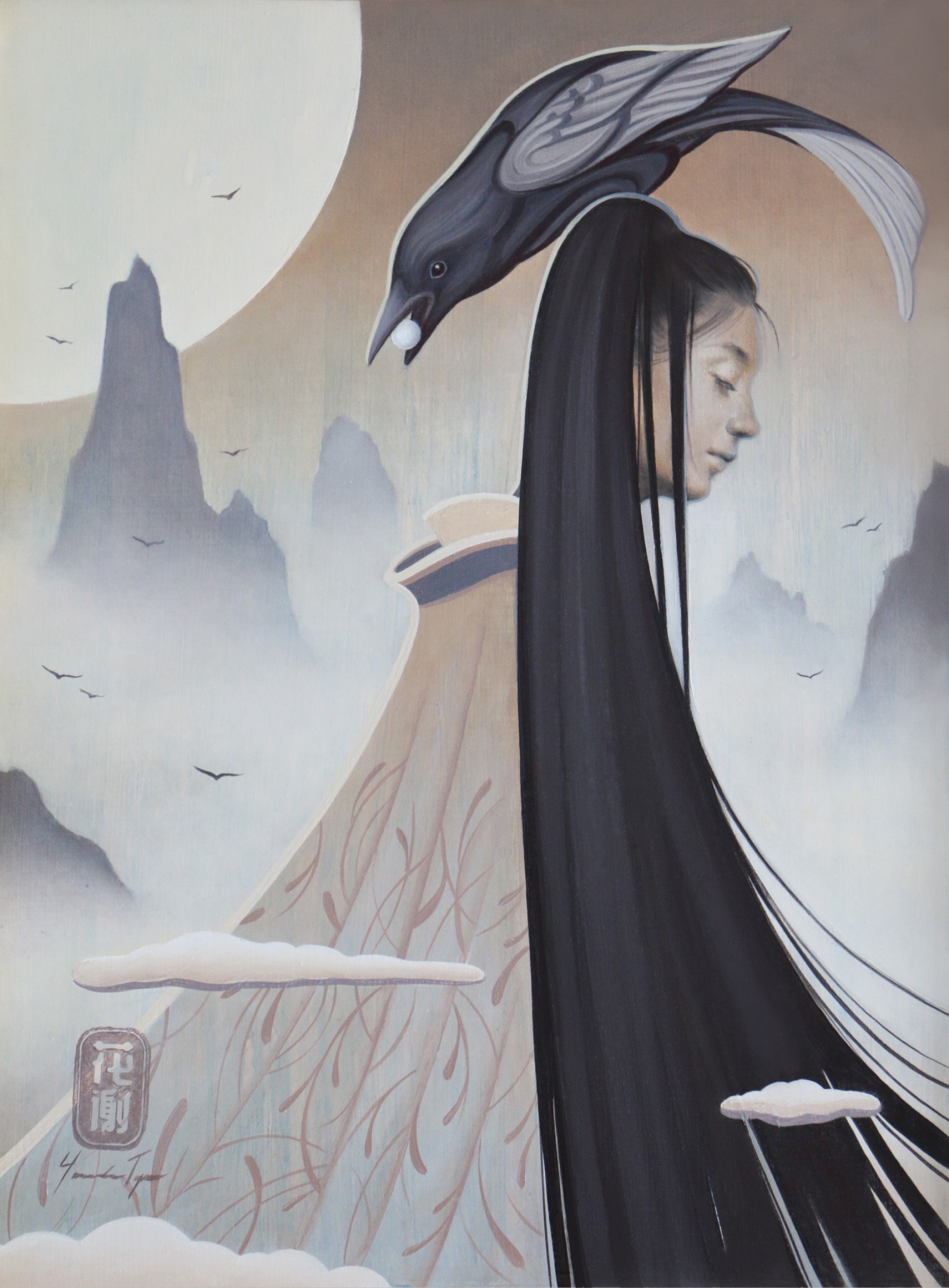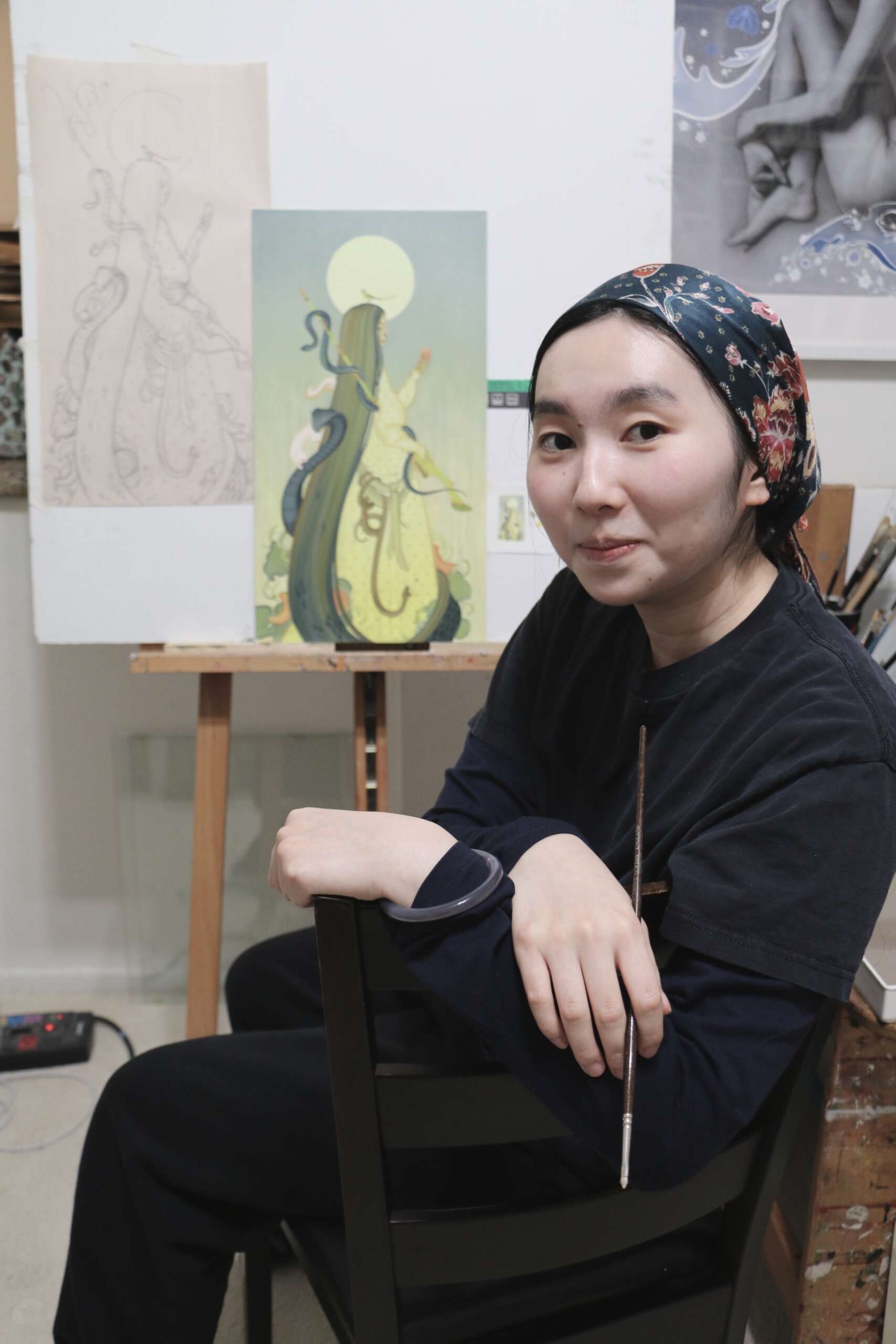Alright – so today we’ve got the honor of introducing you to Hannah Tjia. We think you’ll enjoy our conversation, we’ve shared it below.
Hannah, appreciate you joining us today. How did you learn to do what you do? Knowing what you know now, what could you have done to speed up your learning process? What skills do you think were most essential? What obstacles stood in the way of learning more?
I always enjoyed drawing as a child and went on to take art lessons when I was about seven years old, and during those lessons, my teacher would allow me to choose subjects that I found interesting and learn different techniques according to what each project required. While I suppose it was not necessarily a formal type of art education, it gave me the freedom to explore and create things that genuinely interested me. It also provided foundational information for some of the techniques and drawing and painting principles that I would later explore in college. Learning something basic such as the difference between light and shadow shapes made learning form language in college more digestible because I was already familiar with some of the general concepts. I suppose, if I had enrolled in a formal art academy when I was young, I could have expedited my learning and become a better painter, but I wouldn’t trade my happy days painting with my first art teacher for anything, so I don’t mind that it took me the time it did to learn how draw and paint better.
Nevertheless, learning to see, draw, and paint is always difficult no matter how many years one may be familiar and experienced with it, so formally learning about drawing and painting in college was tough. It taught me so much about how to see the world as a painting and how to make the paintings I saw in my head appear in the real world. I think the most helpful practice I learnt in school was painting from life and learning to observe. Painting from life allowed me to engrave reality into my head, so I could create convincingly life-like images from my own imagination. To put my mind into my paintings and pick up on anatomical cues and color shifts from life was very difficult and probably one of the most frustrating parts about learning. Most of the time, I just could not see the nuances my teachers saw in the models or still-life set ups let alone interpret it and depict on my canvas. It took a lot of practice, patience, and help through observing other people’s interpretations in figure and color studies in order for me to improve. However, in the end, seeing the world interpreted through other people’s eyes really helped me train my own to see what I naturally couldn’t.
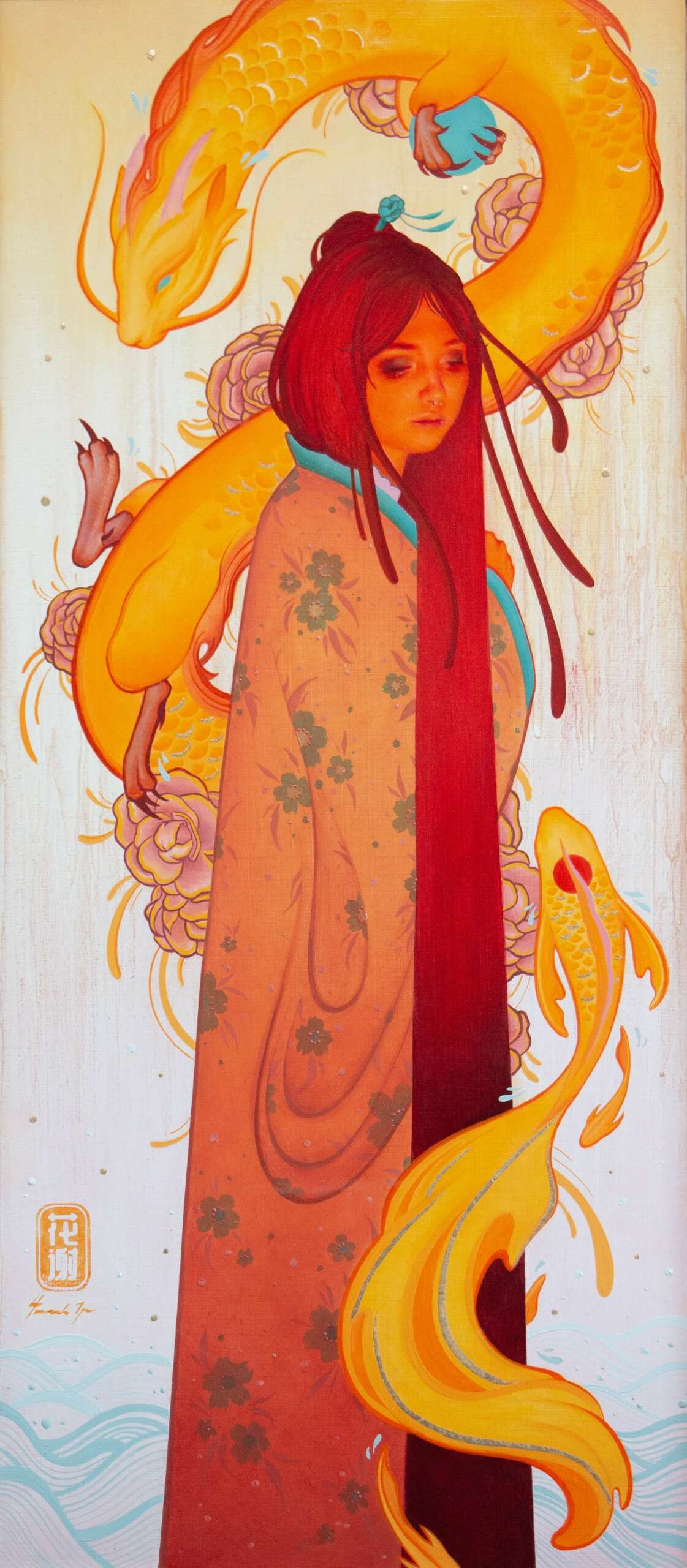
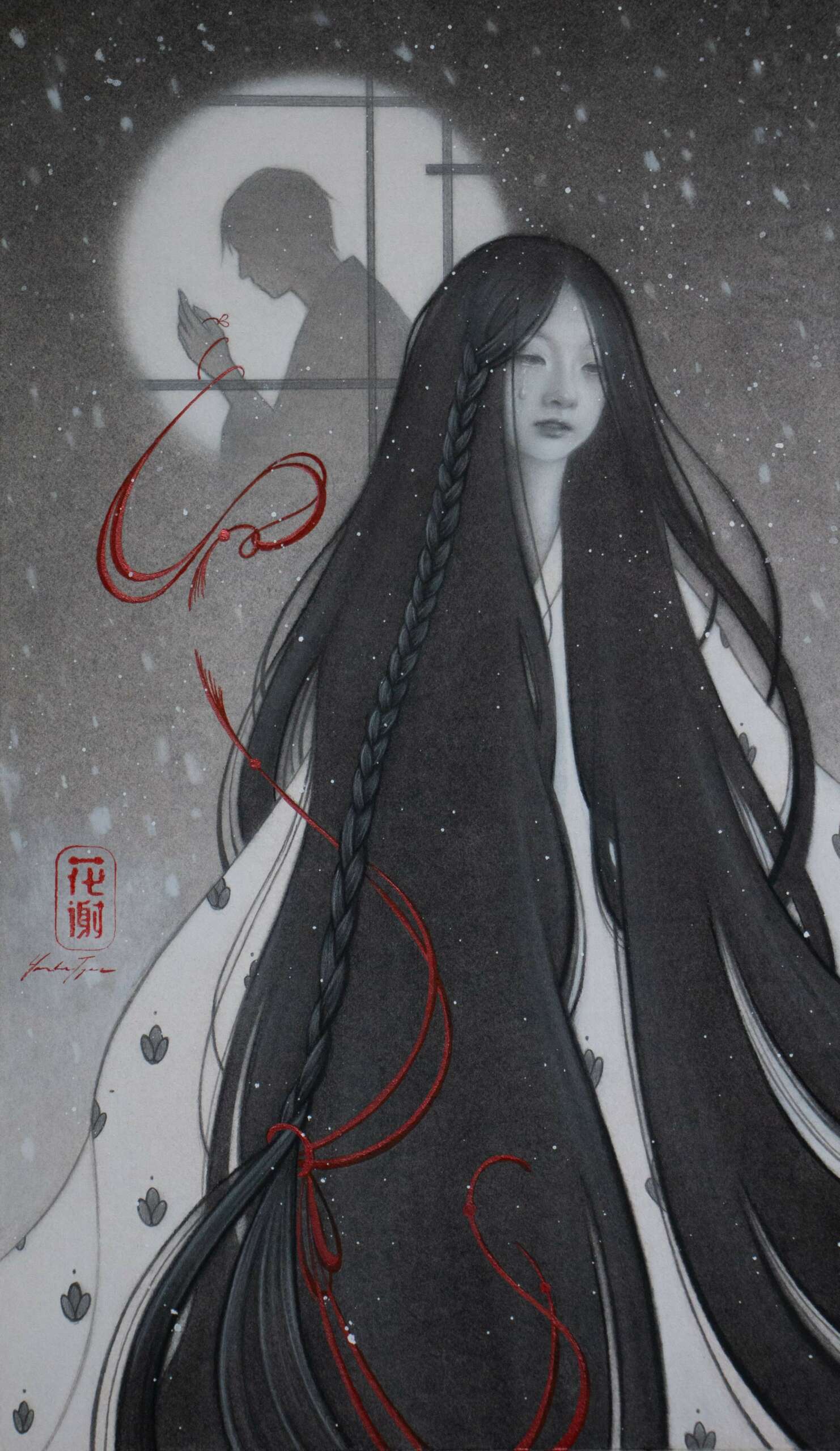
As always, we appreciate you sharing your insights and we’ve got a few more questions for you, but before we get to all of that can you take a minute to introduce yourself and give our readers some of your back background and context?
Hello, my name is Hannah, and I am a painter and lover of fairytales, folktales, and stories of all kinds. In my drawings and paintings, I combine figurative studio painting with illustration and decorative design, primarily working in oil paint, charcoal, graphite, watercolor, and gouache. In my designs, I enjoy exploring imaginary worlds, characters, and beasts, creating decorative paintings that capture a hint of reality with a heavy dose of whimsy and fantasy.
Ever since I was little, drawing has been something very special to me and was one of the few things that I felt I had some potential of being good at. I took art lessons as a child and continued until I eventually studied at the Laguna College of Art and Design where I received a BFA in Drawing and Painting.
Since then, working for galleries and commissions for clients has been a joy and an exciting challenge. I find a lot of motivation in the given prompts and thematic requests from clients, and I enjoy finding ways to make paintings that are true to their theme and my personal style. In a world where images and art are practically everywhere and everyone else’s style seems more unique, more popular, and more special than my own, it is often hard to believe that my contributions mean anything. However, whenever I am feeling down, I remember the happy moments and successful sessions in the studio, and I remember that I really truly love painting and that the joy I experience when I paint and the beauty those little decorative paintings bring to someone’s home is something special and important. I hope that my paintings bring brightness and joy to whatever space they decorate and that the stories hidden in their fantastical animals and flowers draw viewers in and convey a comforting visual tale in color and shape.
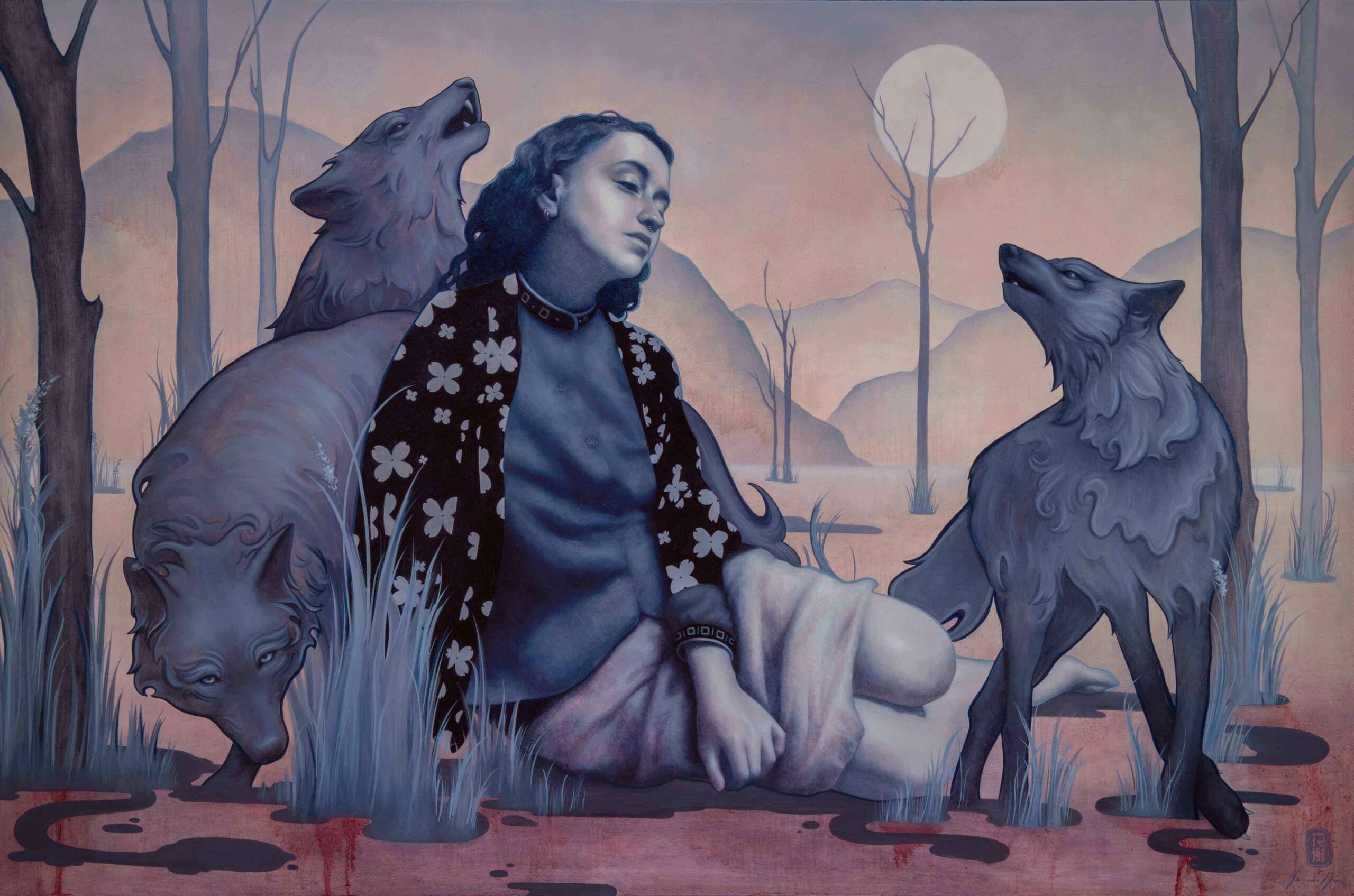
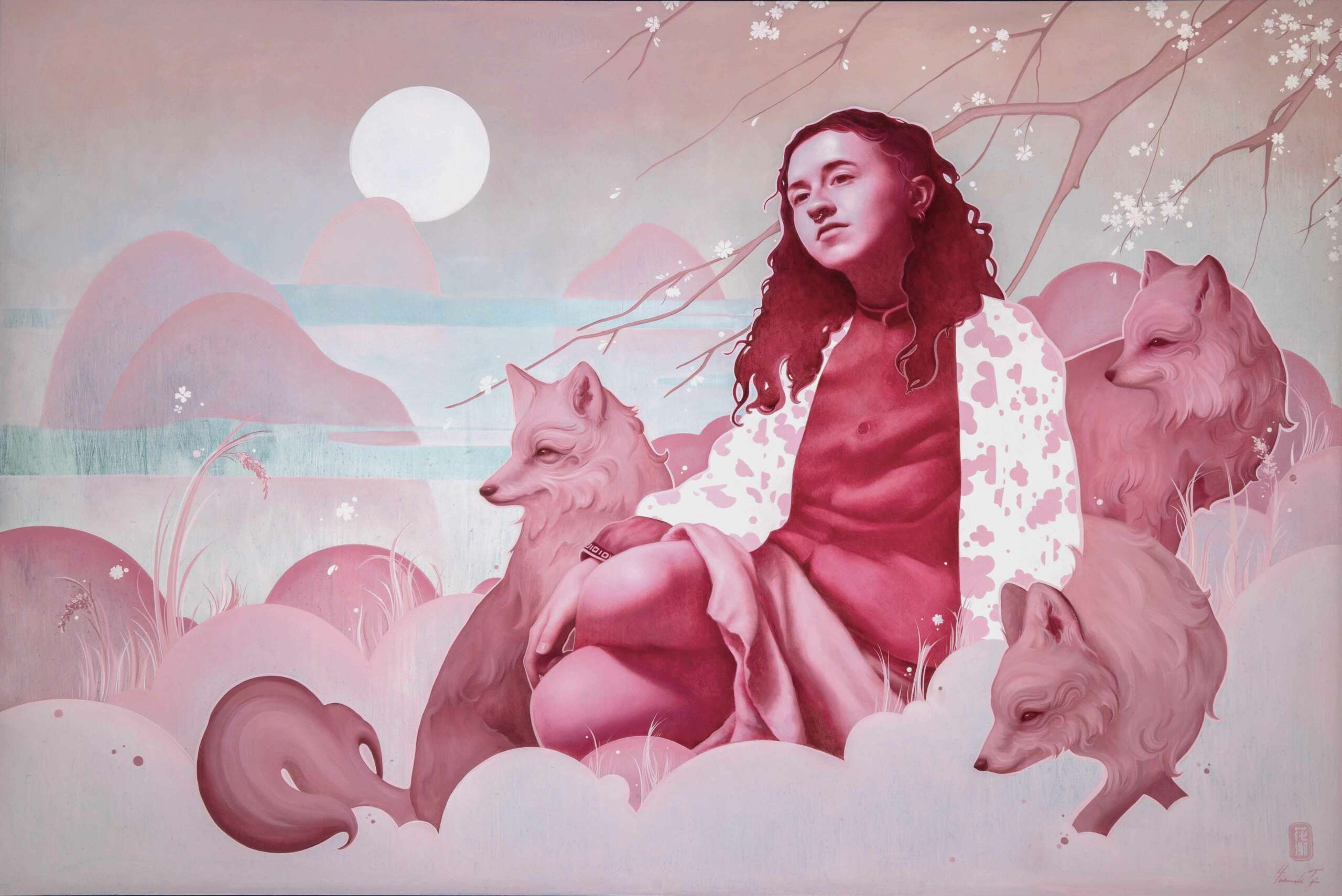
What’s the most rewarding aspect of being a creative in your experience?
This will probably sound a bit cliche, but I find the most joy in just being able to make paintings and see how those paintings brighten people’s home. I do not usually get to see where my paintings go once they are out of my hands, but occasionally, people will write a little thank you note to me and that is always one of the small things that makes me so happy. It just reminds me that just because I do not always hear or see people’s reactions to my work doesn’t mean that people do not appreciate it. It is so easy to just share something online, get a few views, and gain some likes and then keep working without hearing or feeling that someone is genuinely interested what you do. However, those short encouraging notes from people and little painting success in the studio, remind me that I get to do what I love and that itself is enough reward and motivation for me.
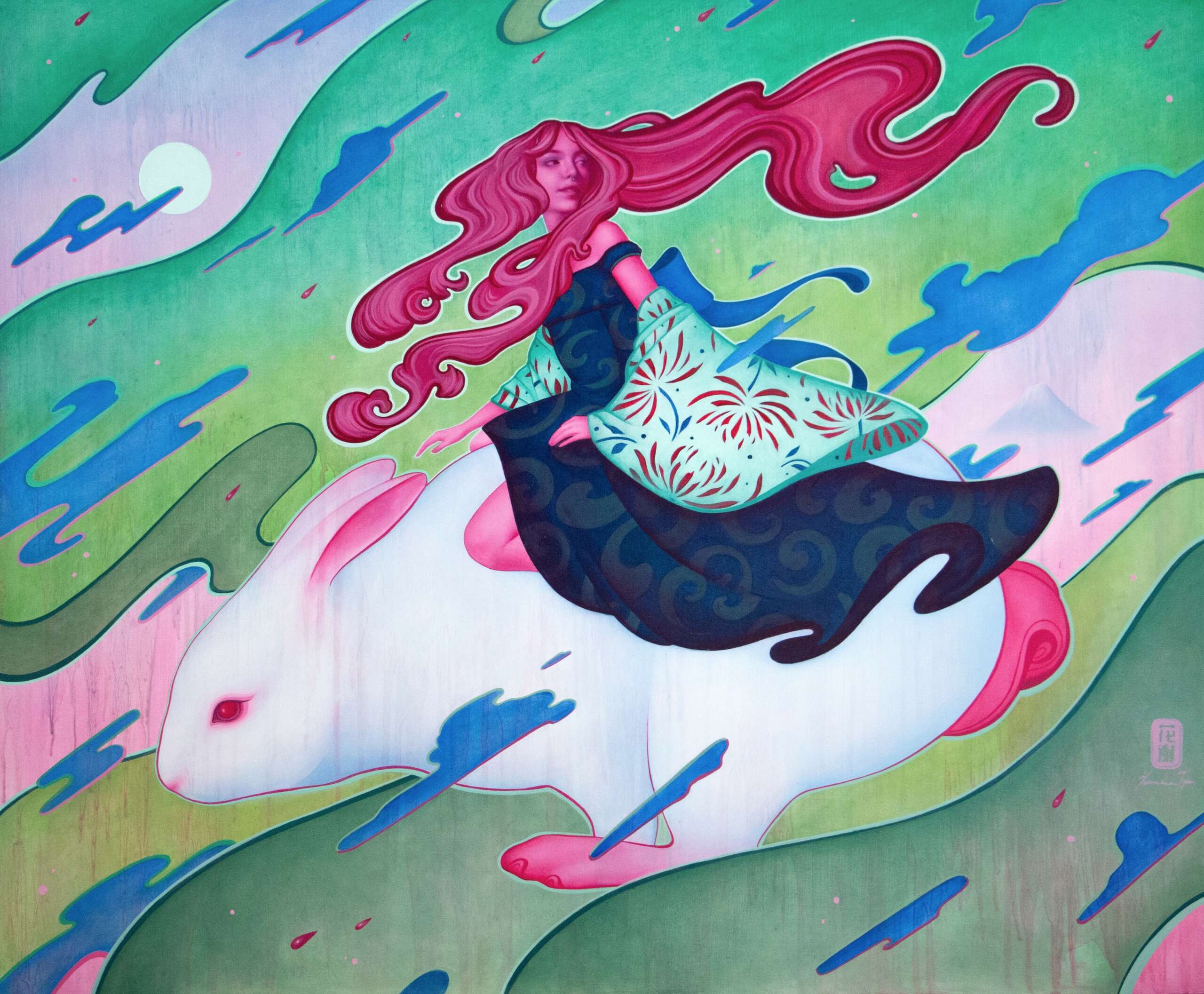
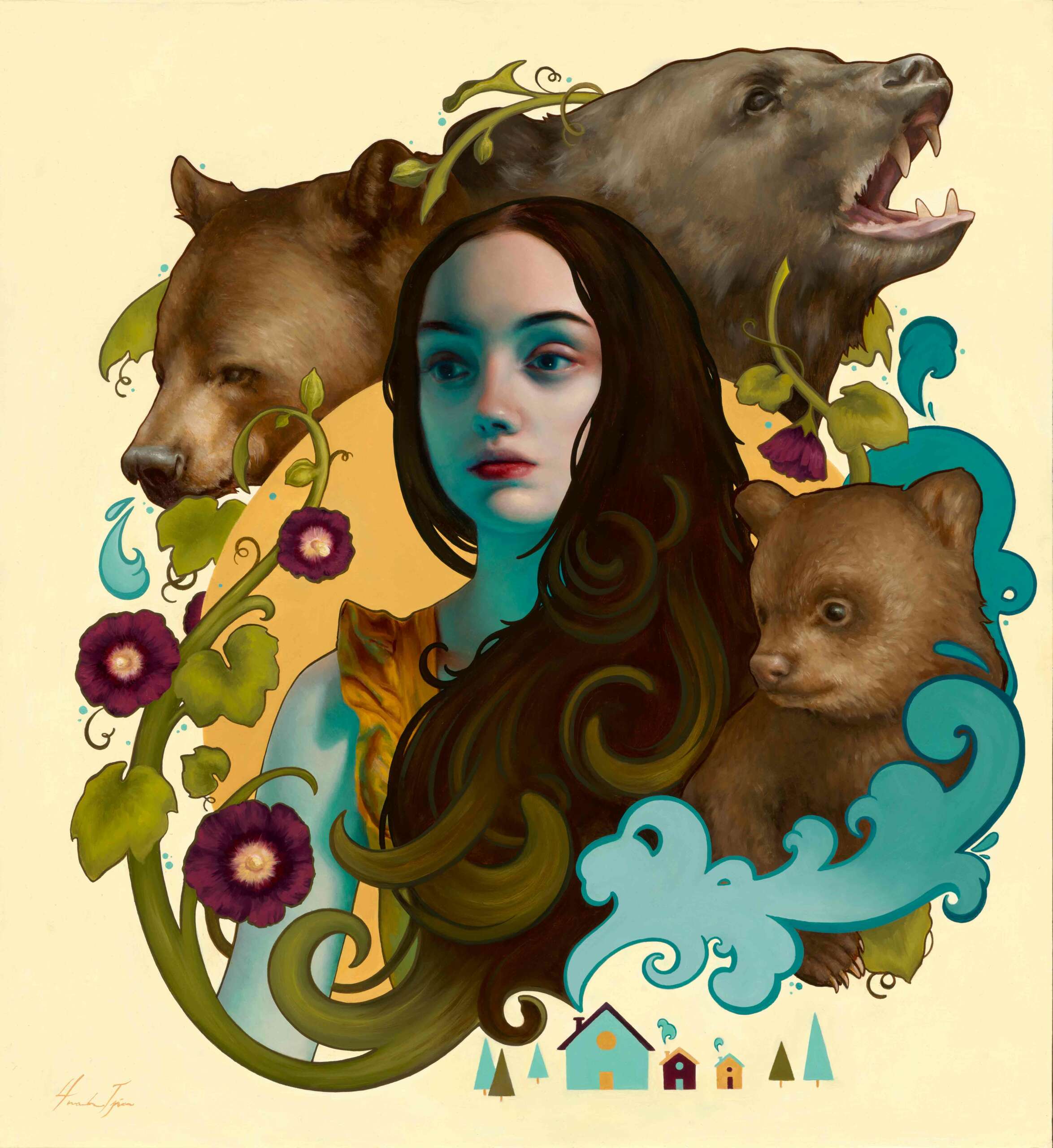
Learning and unlearning are both critical parts of growth – can you share a story of a time when you had to unlearn a lesson?
Ever since I can remember I have never really liked my own “hand” or way of mark-making if that makes sense. Whether it was my handwriting or the way I drew or the way I cut something with a pair of scissors, everything, I could always tell when something was made by my hands, and I did not like the way those things looked. To me, the things I made looked boring, rough, and contrived. Therefore, when drawing or painting, I would always try and erase my hand and imitate the way my teachers made marks or pushed the paint around. While copying something I admired like someone else’ s style or technique was educational, at the end of the day, I couldn’t trade my hands in for anyone else’s. Learning to work with what I’ve got, appreciate the way my hand naturally moves, and unlearn the need to disguise or hide my fingerprint is something I am still working on and probably always will at least a little bit, but I think it is a worthwhile lesson.
Contact Info:
- Website: https://hannahtjia.com
- Instagram: hannahtjia
